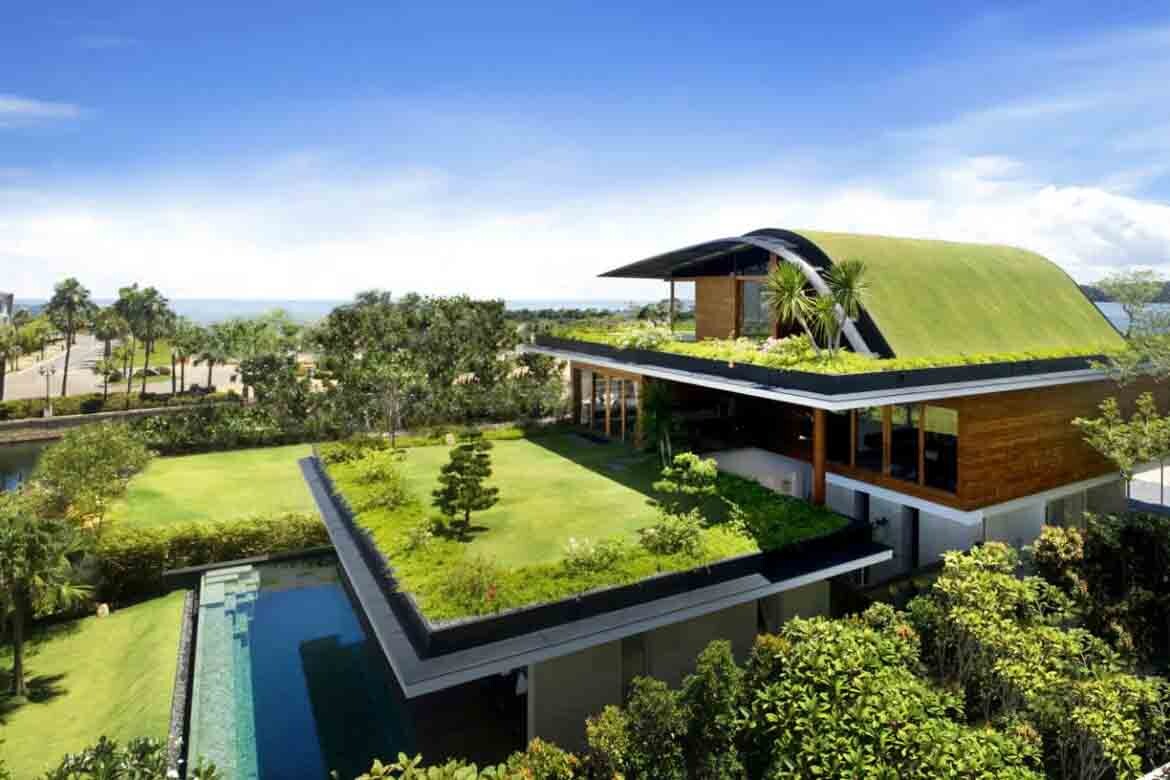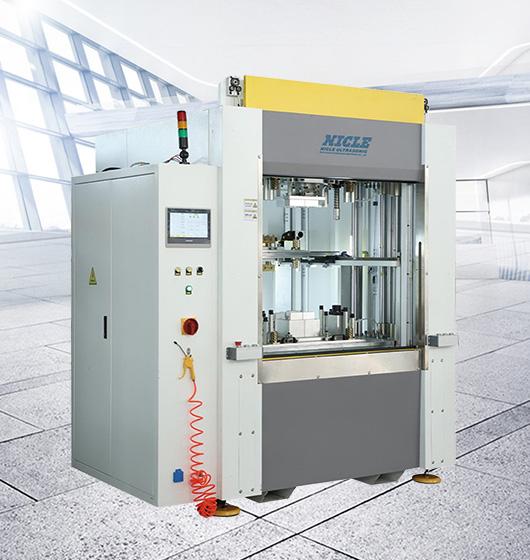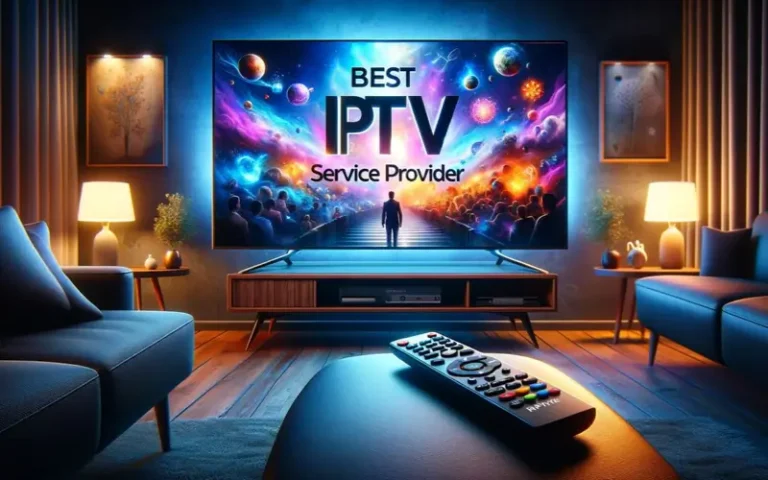The Green Guide to Sustainable Solutions for Modern Homes
Sustainability in modern homes is no longer a luxury; it’s a necessity driven by global environmental challenges and a shift toward mindful living. As awareness grows, homeowners are increasingly seeking ways to align their spaces with eco-friendly principles without compromising on comfort or aesthetics. The question isn’t why we should embrace sustainable solutions—it’s how.
Here, we explore some fresh strategies for making homes greener, combining innovative technologies, thoughtful design, and community-driven approaches.
Redefining Energy Independence
Traditional energy upgrades often focus on solar panels, but the future of sustainable homes lies in energy independence through diversified systems.
- Hybrid renewable energy systems: Pairing solar with wind or hydropower ensures a consistent energy supply, even during cloudy or windless days.
- Community energy sharing: Join or create microgrids where neighborhoods generate and share renewable energy, fostering collaboration and reducing reliance on larger grids.
- Energy storage advancements: Explore cutting-edge solutions like hydrogen fuel cells or second-life batteries (recycled from electric vehicles) for storing renewable energy efficiently.
These systems don’t just cut carbon emissions; they empower homeowners to control their energy use and costs.
Dynamic Water Management
While conserving water is crucial, modern solutions focus on treating and reusing water in smarter ways to maximize efficiency.
- Decentralized water treatment systems: Compact filtration systems allow homeowners to purify and reuse greywater directly on-site for non-potable purposes.
- Green plumbing networks: Install pipes designed to minimize water loss through heat retention and advanced flow regulation, reducing both water and energy waste.
- AI-powered water monitoring: Smart sensors analyze water usage patterns, detect leaks, and even suggest behavioral changes to save water.
These solutions not only conserve resources but also address the growing challenges of water scarcity in urban and rural areas alike.
Sustainable Materials With a Circular Economy Mindset
The next frontier in eco-friendly construction lies in adopting materials that align with circular economy principles—materials designed to be reused, repaired, or recycled.
- Modular construction elements: Prefabricated components that can be disassembled and reused in future projects reduce waste and extend material life.
- Self-healing materials: Concrete infused with bacteria or polymers that repair cracks automatically, extending the lifespan of structures and reducing the need for repairs.
- Carbon-negative materials: Options like biochar-enhanced cement actively capture and store carbon, turning buildings into carbon sinks.
By integrating these innovations, homeowners can contribute to a system where resources are continuously cycled, minimizing environmental impact.
Revolutionizing Home Ventilation
Air quality is a cornerstone of sustainable living, and modern homes are leveraging technology to achieve optimal ventilation without energy loss.
- Solar chimneys: Harness solar power to draw warm air out of your home naturally, reducing cooling costs.
- Earth tubes: Underground ventilation systems precondition incoming air, maintaining consistent indoor temperatures year-round.
- Adaptive ventilation systems: These AI-driven systems adjust airflow based on occupancy and air quality, ensuring energy-efficient comfort.
Ventilation solutions like these not only save energy but also support healthier indoor environments.
To start your journey, consult with experts like Green Improve who specialize in creating sustainable solutions tailored to your unique needs. Together, we can build homes that are not only modern and functional but also meaningful contributors to a greener future.
Greening Home Technology
Technology is a game-changer in the sustainability space, offering tools to monitor, control, and reduce your home’s environmental footprint.
- Eco-integrated smart homes: Systems that link lighting, appliances, and climate control to one dashboard, optimizing energy and water usage in real time.
- IoT-enabled appliances: Devices that automatically adjust their settings for maximum efficiency based on user habits and external conditions.
- Digital twin technology: Create a virtual model of your home to simulate the impact of various eco-upgrades before making changes, ensuring the best outcomes.
These technologies transform sustainability from a passive effort into an active, data-driven approach.
Regenerative Landscapes
Traditional landscaping focuses on aesthetics, but regenerative landscapes prioritize environmental restoration alongside beauty.
- Agroforestry principles: Combine trees, shrubs, and crops in your yard to create a micro-ecosystem that supports pollinators, improves soil health, and captures carbon.
- Bio-swales and retention basins: These features manage stormwater runoff while adding natural beauty to your property.
- Edible gardens: Grow food sustainably by incorporating fruit trees, vegetables, and herbs into your landscaping design.
These approaches turn outdoor spaces into thriving ecosystems that benefit both your home and the environment.
The Way Forward: Holistic Sustainability
Sustainable homes are about more than energy efficiency or water conservation—they represent a shift toward a holistic way of living that values resourcefulness, resilience, and regeneration. By adopting these innovative strategies, homeowners can reduce their impact on the planet while enhancing their quality of life.
Keep an eye for more latest news & updates on Verified Zine!



